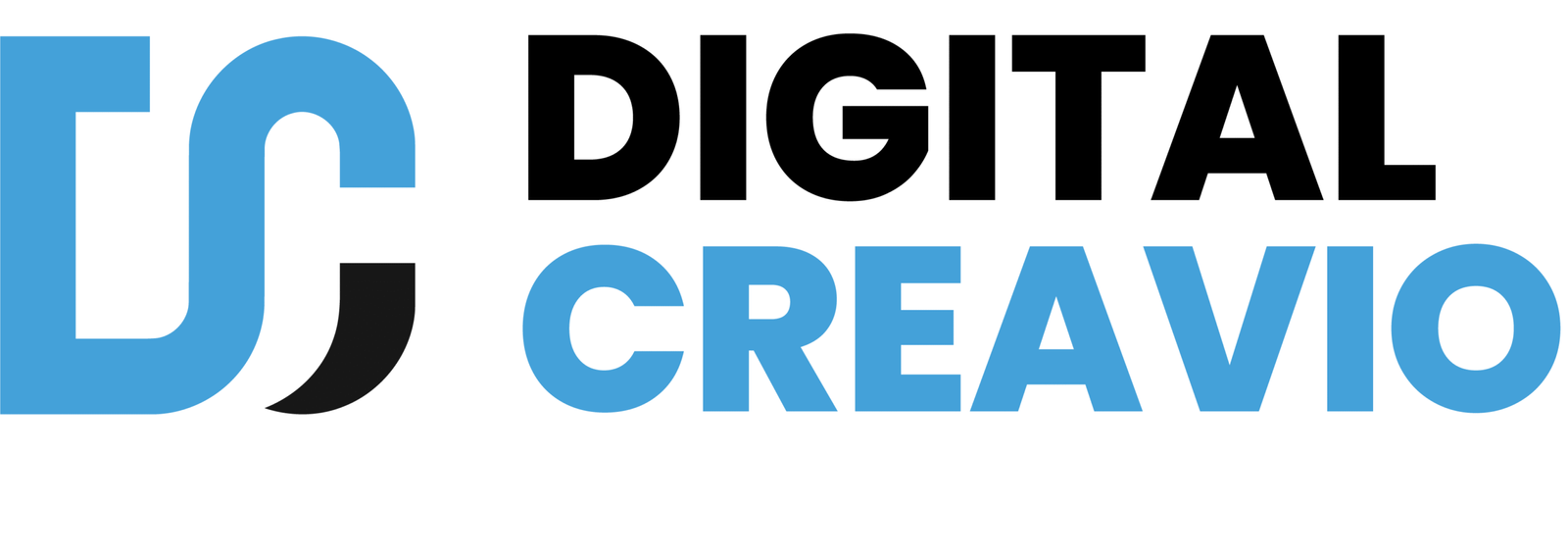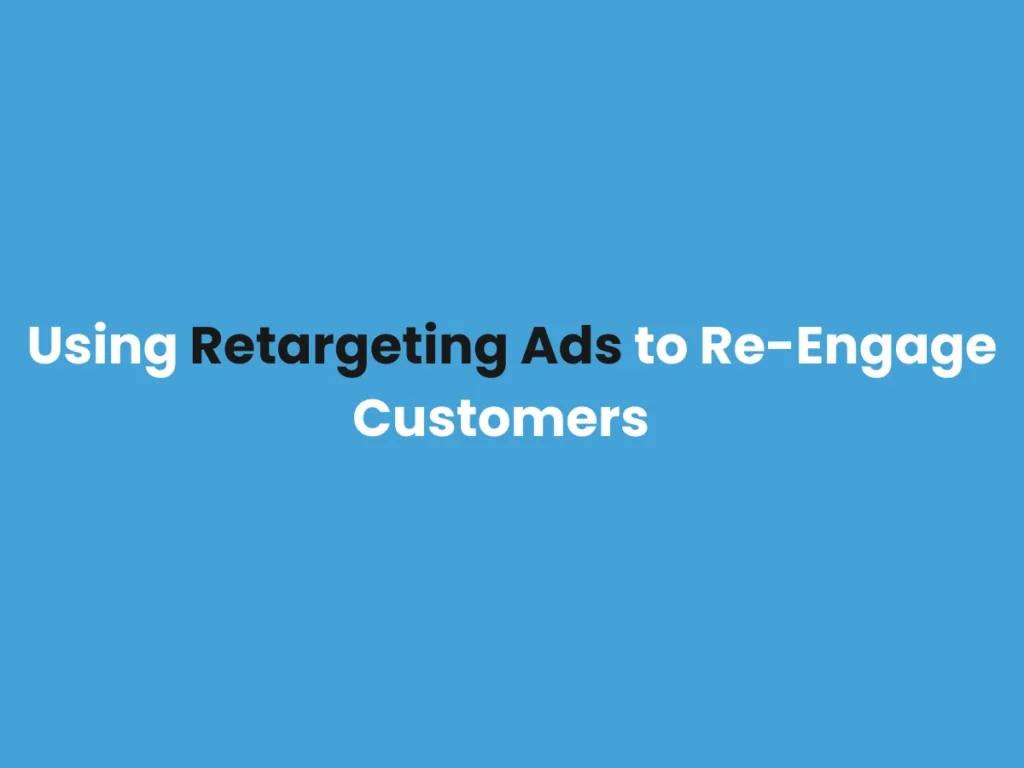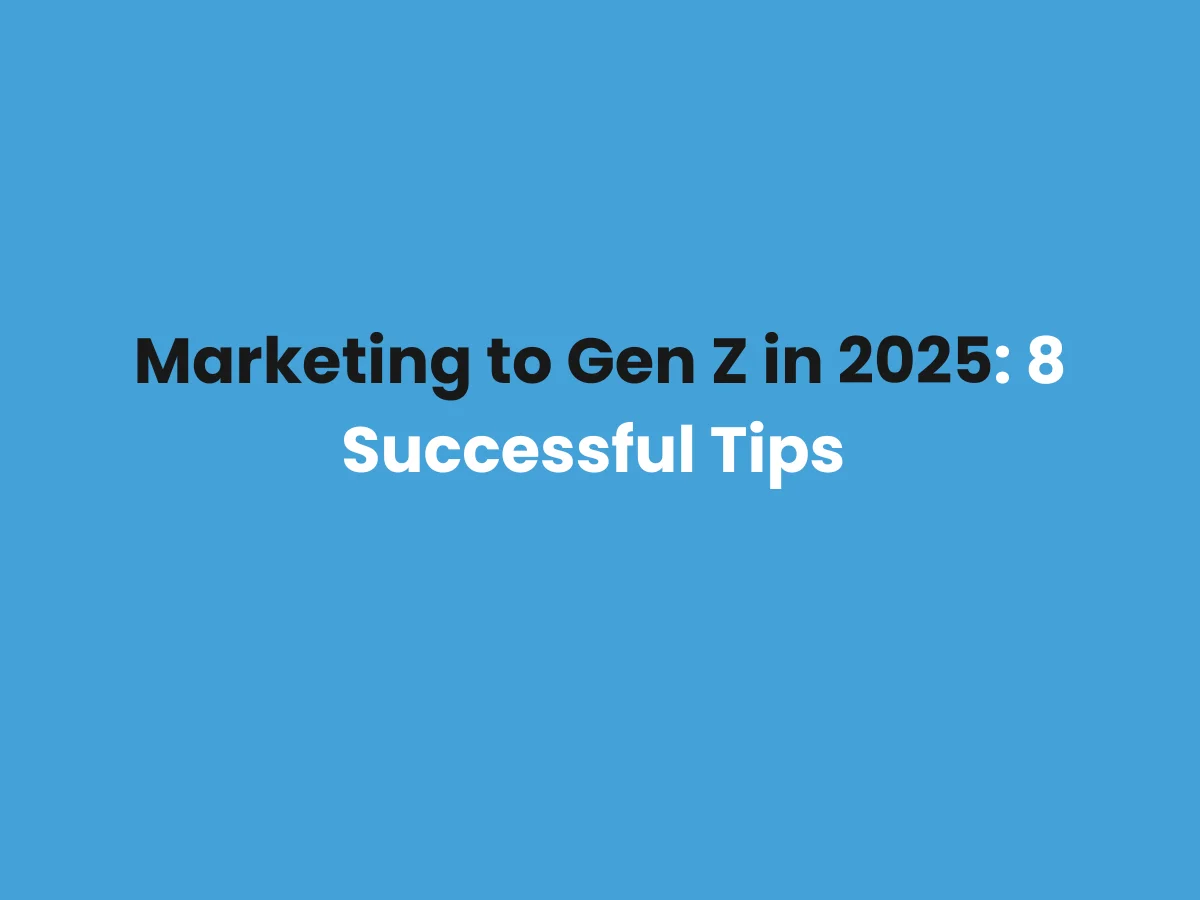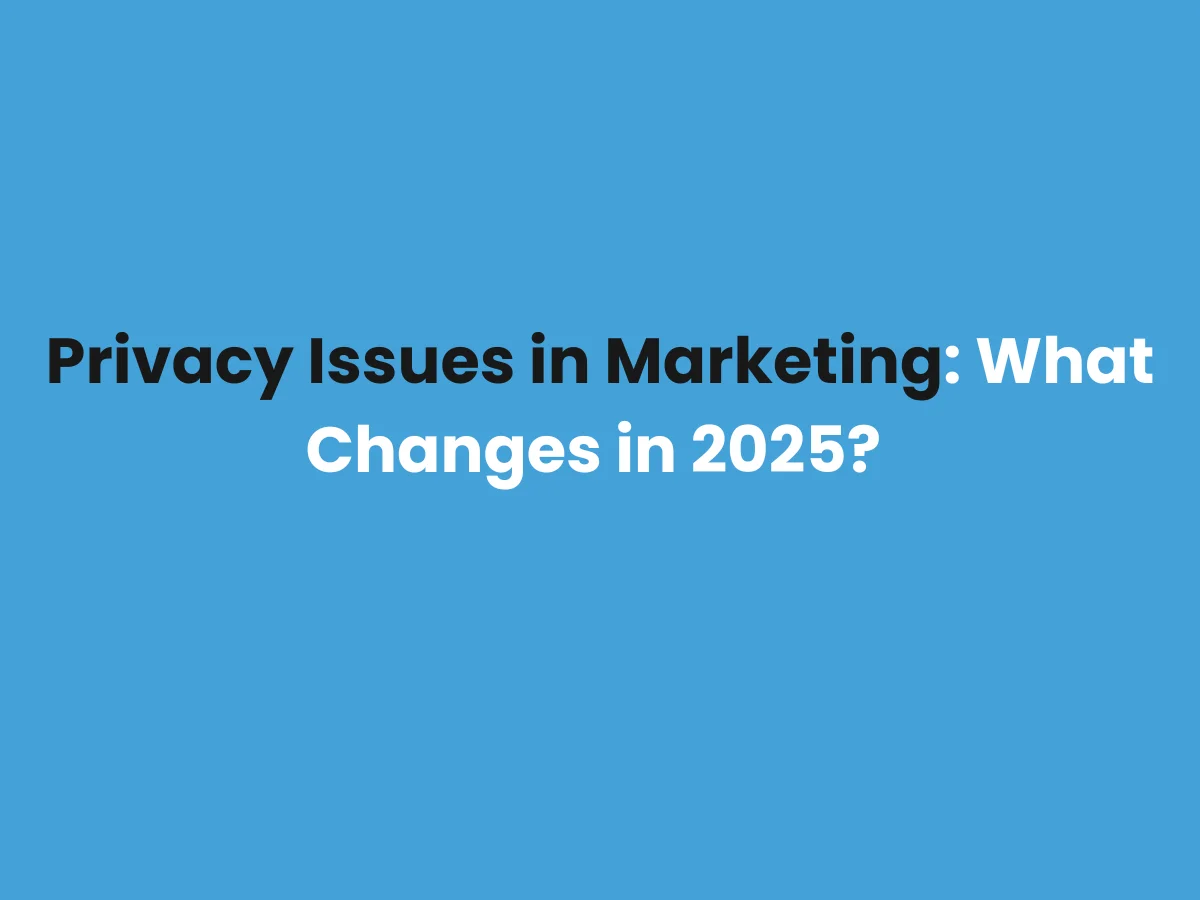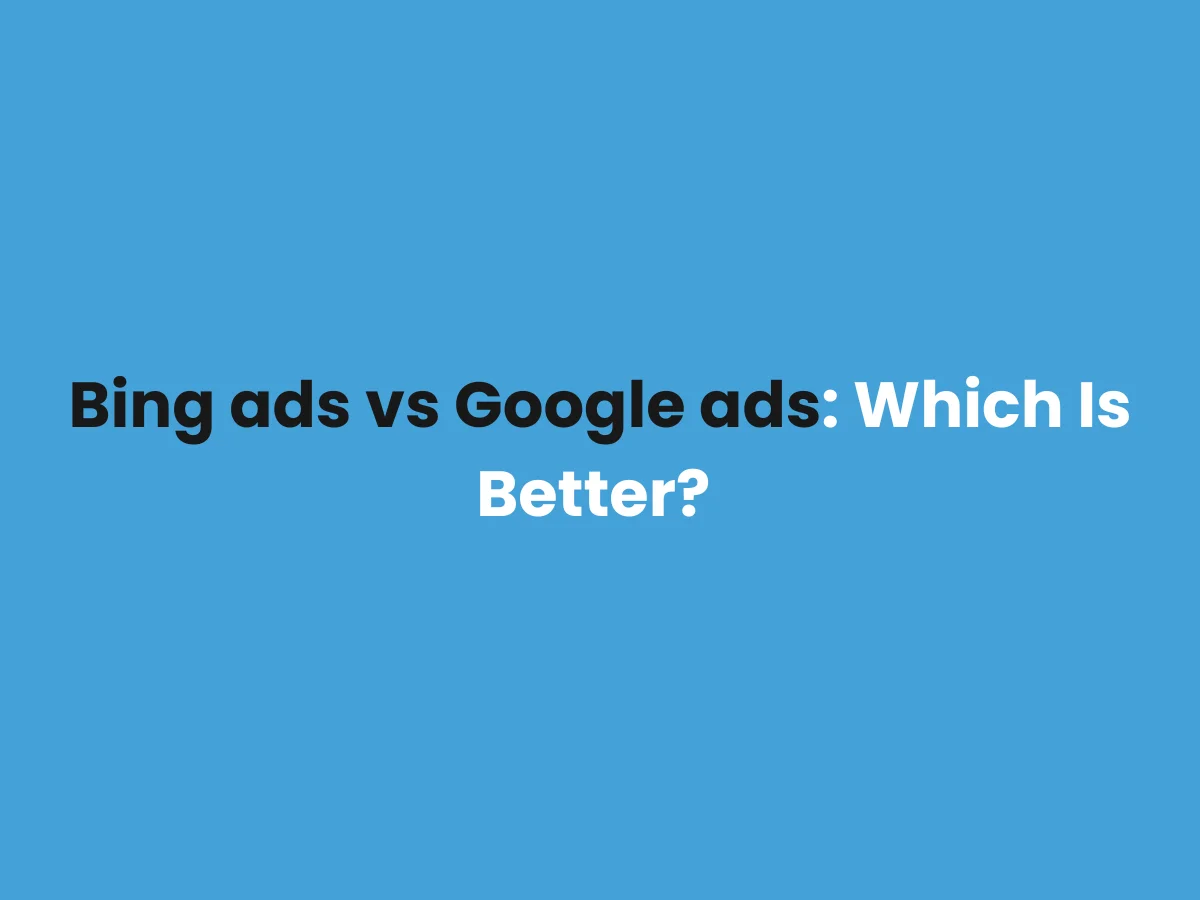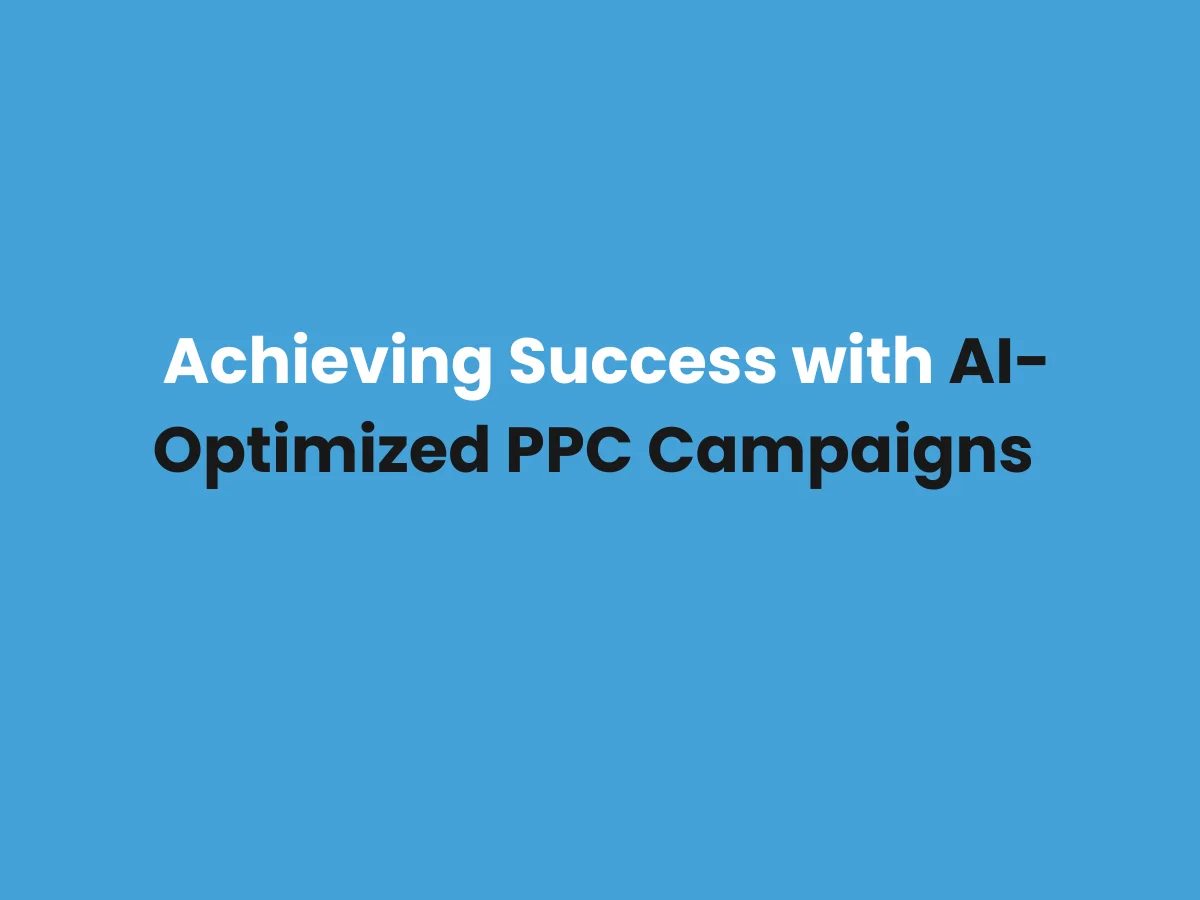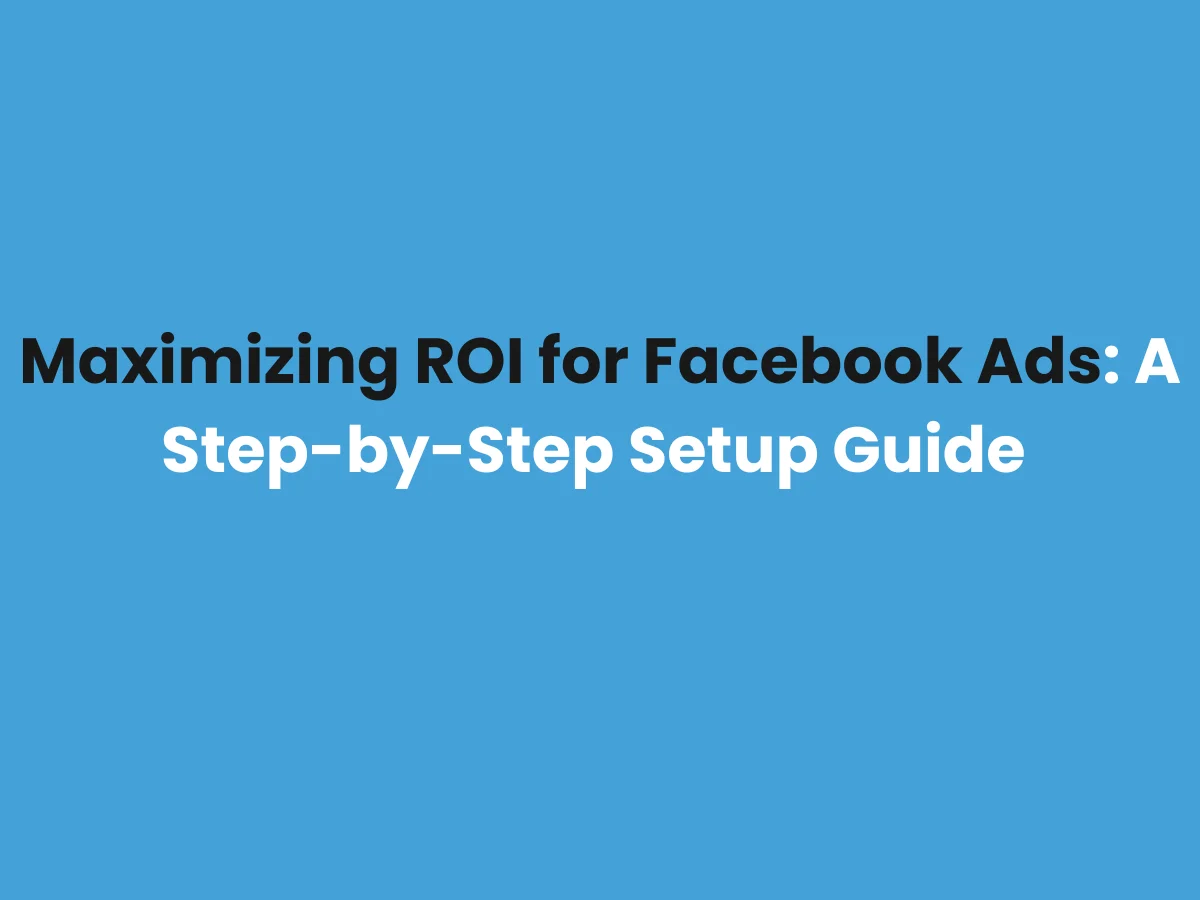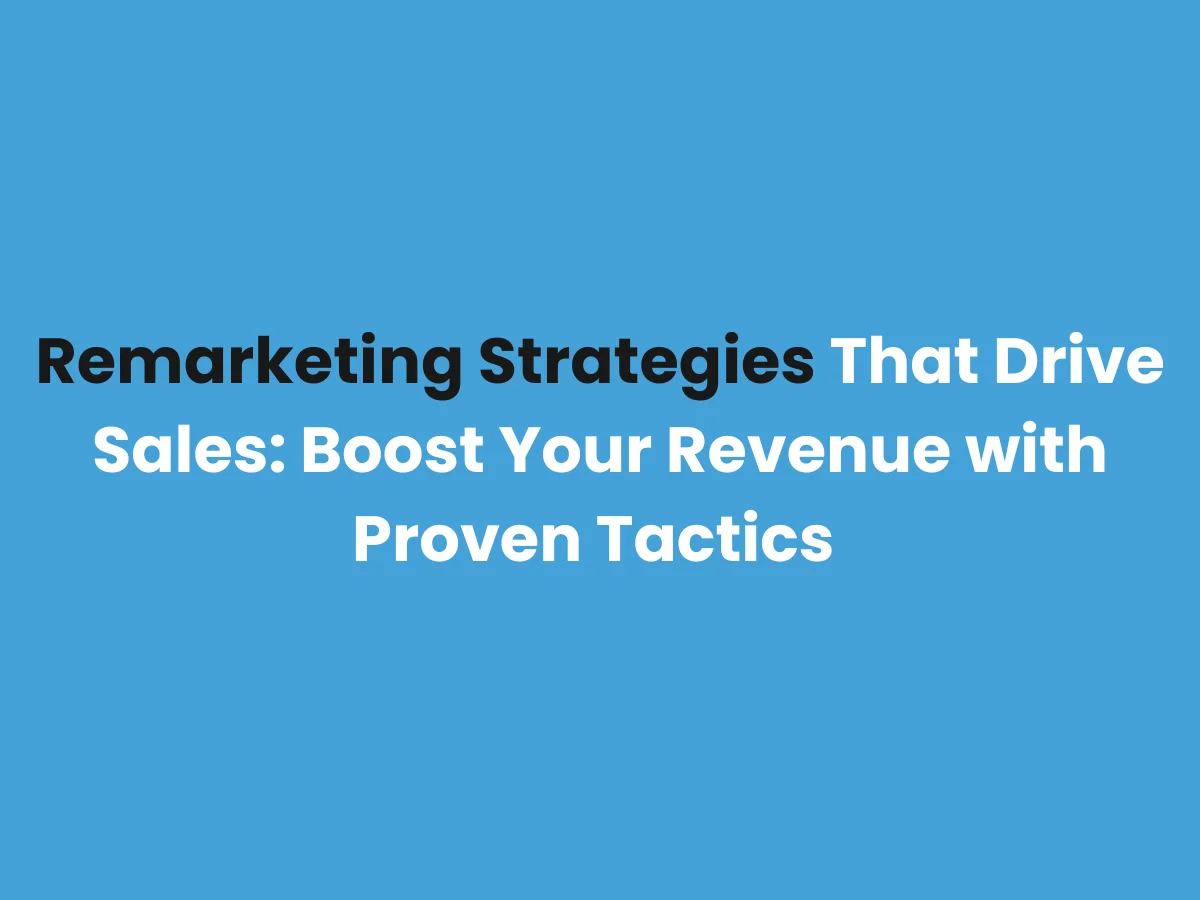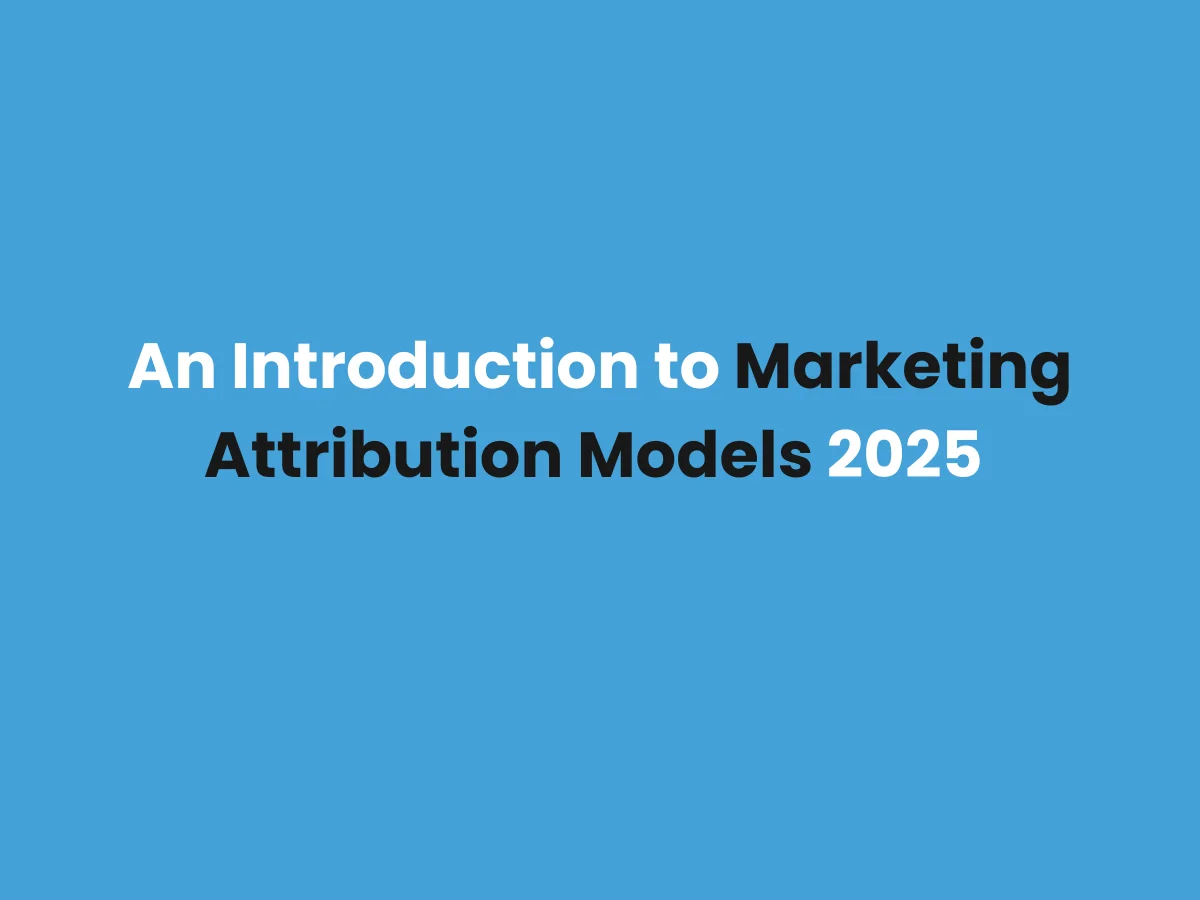Retargeting ads are a cornerstone of modern digital marketing, providing a strategic approach to reconnecting with potential customers who have interacted with your brand. In this article, we are going to discuss almost everything about retargeting ads, which includes what retargeting ad is, why it is useful, different types of retargeting ad and how one can effectively create and launch a retargeting ad campaign.
What Are Retargeting Ads?
Retargeting ads, also referred to as remarketing, is a type of targeted online adverting that targets users who have earlier visited particular website or engaged with specific content. Tools such as cookies and tracking pixels help business understand how users are behaving and design an ad placement strategy that has high chances of driving conversion.
Example:
A customer browses an online store, adds a product to their cart but leaves without purchasing. Retargeting ads remind them of the product, sometimes with added incentives like discounts, to bring them back and complete the purchase.
Purpose of Retargeting Ads
Retargeting ads serve various objectives, depending on the industry. Here’s how they are used:
1. E-Commerce
- Cart Abandonment Recovery: Encourages users to complete their purchase with reminders or exclusive offers.
- Product Suggestions: Where; it shows related products that can be easily bundled together or more expensive products to add onto the original purchase.
2. Travel and Hospitality
- Seasonal Promotions: Highlights deals on flights, hotels, or packages that users previously viewed.
- Trip Reminders: Re-engages users who browsed specific destinations or accommodations.
3. Education
- Course Enrollments: Incentivizes prospective students to sign up for courses they browsed with limited-time offers.
- Upselling Courses: Promotes advanced or related courses to existing users.
4. Real Estate
- Property Listings: Retargets users with updates on properties they showed interest in.
- Event Promotions: Invites users to virtual tours or open house events.
5. Healthcare and Wellness
- Appointment Reminders: Nudges users who booked initial consultations but didn’t follow up.
- Service Awareness: Highlights wellness packages or check-up options users explored.
How Retargeting Ads Work
Retargeting ads function through tracking mechanisms like cookies or pixels. These tools record user interactions on a website, such as:
- Pages viewed.
- Products added to the cart.
- Time spent on specific pages.
The recorded data is then used to serve personalized ads to these users across platforms like Google, Facebook, or Instagram. For example:
- Users who abandoned carts might see ads offering discounts on those items.
- Those who watched 50% of a promotional video might be retargeted with ads showcasing related products or services.
Types of Retargeting Campaigns
- Display Retargeting
Banner ads displayed on websites within a display network, reminding users of the brand.
- Search Retargeting (RLSA)
Ads that target users searching for related keywords after interacting with your website.
- Email Retargeting
Personalized emails sent to users based on their previous actions, like abandoned carts or browsed products.
- Social Media Retargeting
Ads served to users based on their engagement with your brand on platforms like Facebook and Instagram.
Benefits of Retargeting Ads
- Improved Brand Recall: Keeps your brand top-of-mind for users.
- Higher Conversion Rates: Targets warm leads, increasing the likelihood of conversions.
- Cost-Effective Advertising: Focuses on users already familiar with your brand.
- Personalized Marketing: Enhances relevance by tailoring ads to user behavior.
- Increased ROI: Optimises the ad ROI since the target audience for the ad is highly engaged.
Steps to Launch an Effective Retargeting Campaign
- Define Your Goals
- Identify what you want to achieve: sales, sign-ups, or increased website traffic.
- Segment Your Audience
- Group users based on their behavior, such as cart abandoners, page viewers, or previous buyers.
- Design Compelling Ads
- Use visually appealing images, concise copy, and strong CTAs to attract attention and encourage action.
- Utilize Tracking Tools
Set up pixels (e.g., Meta Pixel or Google Ads Tag) to collect data for precise targeting.
- Optimize Regularly
- Monitor performance metrics like click-through rates (CTR) and conversions. Adjust targeting and creatives based on insights.
My Experience with Retargeting Ads
In just one campaign for an e-commerce client, for instance, we saw the cart abandonment level at 40%. When a retargeting campaign with an offer for 15% off for users who abandoned their carts was created, conversion boosted by 30% within the first two weeks. This campaign showed that the use of targeted offers is effective for retargeting.
Have you implemented retargeting ads for your business? What results did you see? Which platforms do you find most effective for running retargeting campaigns? What challenges do you face when creating personalized ads for retargeting?
Feel free to share your experiences in the comments!
Read Also: Maximizing ROI for Facebook ads
